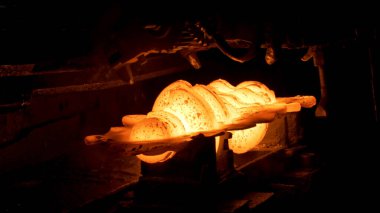As described by Britannica in their article “Quenching,” quenching involves the rapid cooling of a metal object, typically by immersion in water or oil, after it has been heated to a high temperature. This process is essential for preserving specific mechanical properties, such as hardness, that would be lost during slow cooling. Quenching is commonly used in steel processing to enhance hardness and strength.
The Purpose of Quenching
Quenching is crucial for maintaining a material’s crystalline structure and phase distribution, which affects its mechanical properties. For steel, this process imparts hardness and increases wear resistance, making it an essential step in producing durable components. In contrast, quenching can be used for the opposite effect in some metals, such as copper, where it restores malleability after the material has been work-hardened through deformation.
Quenching vs. Other Heat Treatments
- Annealing: Involves slow cooling to soften the metal and improve ductility.
- Tempering: Applied after quenching to reduce brittleness while retaining strength.
- Quenching: Rapid cooling to “lock in” hardness and maintain the material’s phase structure.
Quenching Media and Their Effects
- Water: Provides the fastest cooling rate, ideal for achieving high hardness but may increase the risk of cracking due to thermal shock.
- Oil: Offers slower cooling than water, reducing the likelihood of cracking while still achieving significant hardness.
- Air: Sometimes used for controlled quenching, especially for alloys that cool too quickly in liquid media.
Applications of Quenching
Quenching is widely used in industries such as aerospace, automotive, and construction for manufacturing high-performance components like gears, tools, and engine parts that require superior strength and wear resistance.
Challenges in Quenching
Improper quenching can lead to internal stresses, warping, or cracking. Selecting the appropriate cooling medium and quenching rate is critical to achieving the desired properties without compromising the metal’s integrity.
Click here to learn more about ATP’s products.
Article with all rights reserved, courtesy of britannica.com.



